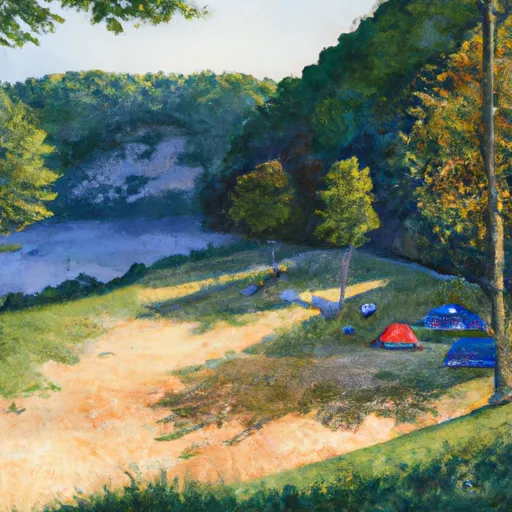Muscatatuck National Wildlife Refuge
Rate this placeNearby: Gaiser Park Sheilds Park
Last Updated: December 28, 2025
Muscatatuck National Wildlife Refuge is located in Indiana and is a great destination for wildlife enthusiasts.
°F
°F
mph
Wind
%
Humidity
Summary
The refuge is a mix of wetlands, forests and grasslands, and is home to over 280 species of birds, as well as a variety of other wildlife.
One of the main reasons to visit the Muscatatuck National Wildlife Refuge is to go birdwatching. The refuge offers a variety of habitats that attract many species of birds, including waterfowl, shorebirds, and raptors. Visitors can also take a self-guided tour of the refuge's trails and learn about the different ecosystems that make up the refuge.
Another point of interest at the refuge is the Visitor Center, which offers educational exhibits and programs about the wildlife and habitats found at Muscatatuck. There is also a nature store where visitors can purchase books, souvenirs, and other items related to the refuge.
Interesting facts about Muscatatuck National Wildlife Refuge include that it was established in 1966 as a haven for migratory birds, and that it covers over 7,000 acres of land. The refuge also serves as a stopover for the endangered Indiana bat during its migration.
The best time of year to visit the Muscatatuck National Wildlife Refuge is during the spring and fall, when many species of birds are migrating through the area. The refuge is open year-round, however, and visitors can enjoy winter activities such as snowshoeing and cross-country skiing.
Weather Forecast
Park & Land Designation Reference
Large protected natural areas managed by the federal government to preserve significant landscapes, ecosystems, and cultural resources; recreation is allowed but conservation is the priority.
State Park
Public natural or recreational areas managed by a state government, typically smaller than national parks and focused on regional natural features, recreation, and education.
Local Park
Community-level parks managed by cities or counties, emphasizing recreation, playgrounds, sports, and green space close to populated areas.
Wilderness Area
The highest level of land protection in the U.S.; designated areas where nature is left essentially untouched, with no roads, structures, or motorized access permitted.
National Recreation Area
Areas set aside primarily for outdoor recreation (boating, hiking, fishing), often around reservoirs, rivers, or scenic landscapes; may allow more development.
National Conservation Area (BLM)
BLM-managed areas with special ecological, cultural, or scientific value; more protection than typical BLM land but less strict than Wilderness Areas.
State Forest
State-managed forests focused on habitat, watershed, recreation, and sustainable timber harvest.
National Forest
Federally managed lands focused on multiple use—recreation, wildlife habitat, watershed protection, and resource extraction (like timber)—unlike the stricter protections of national parks.
Wilderness
A protected area set aside to conserve specific resources—such as wildlife, habitats, or scientific features—with regulations varying widely depending on the managing agency and purpose.
Bureau of Land Management (BLM) Land
Vast federal lands managed for mixed use—recreation, grazing, mining, conservation—with fewer restrictions than national parks or forests.
Related References
Area Campgrounds
| Location | Reservations | Toilets |
|---|---|---|
 Muscatatuck
Muscatatuck
|
||
 Hardy Lake State Rec Area
Hardy Lake State Rec Area
|
||
 Campground Gatehouse
Campground Gatehouse
|

 Gaiser Park
Gaiser Park
 Sheilds Park
Sheilds Park
 Kasting Park
Kasting Park
 Muscatatuck County Park
Muscatatuck County Park
 Violet And Louis J. Calli Nature Preserve
Violet And Louis J. Calli Nature Preserve